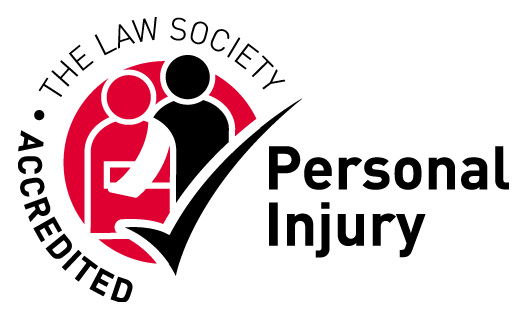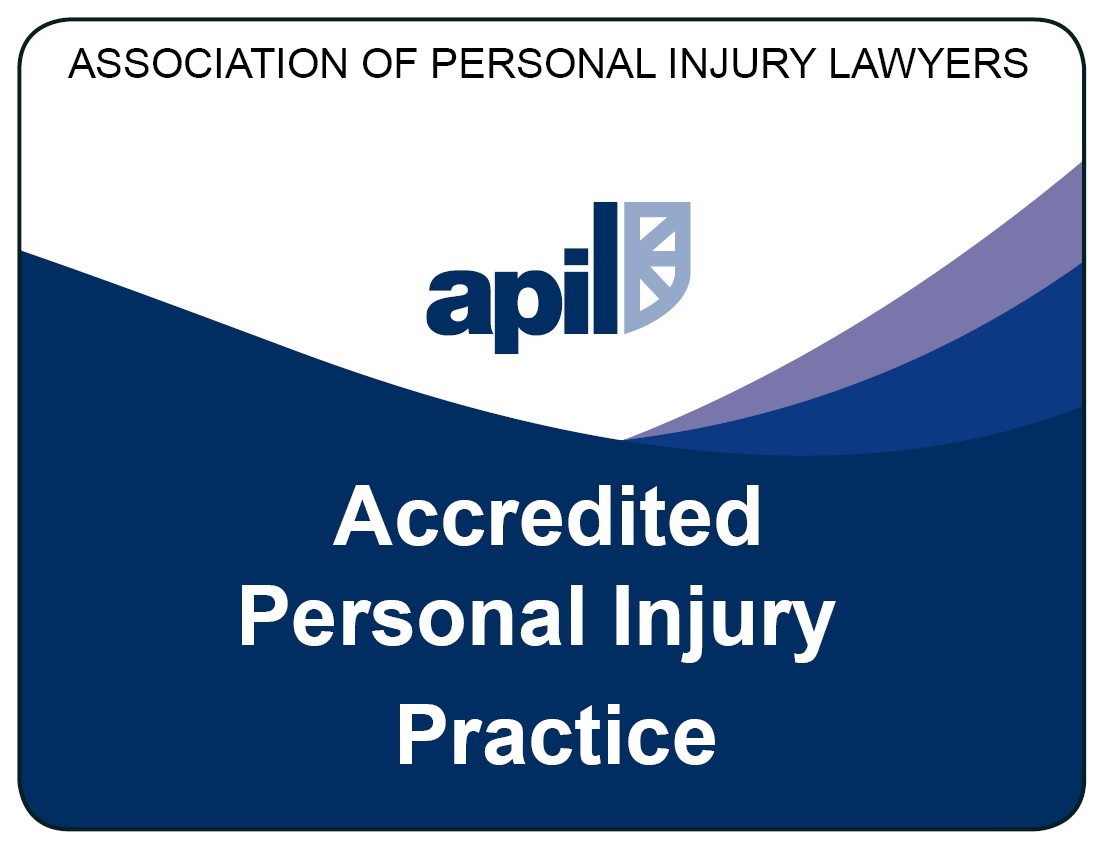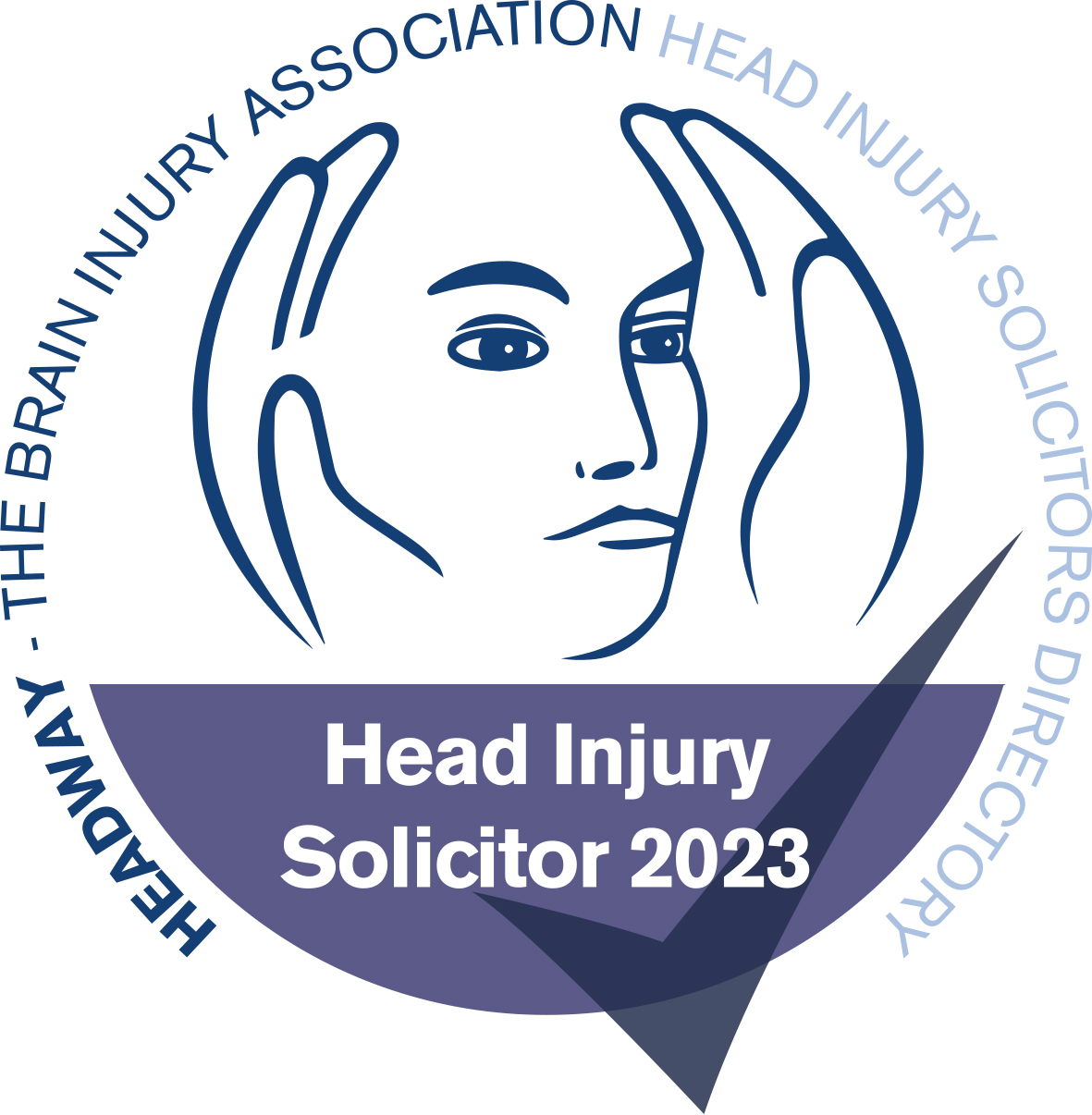



Health And Safety At Work Guide
Over the last 20 years, there has been a lot of progress in the field of Health and Safety at Work. Primarily, the introduction of the Health and Safety At Work Act 1974 has contributed to this advancement. However, there still are a number of work-related health issues which can cause serious accidents and illnesses in the workplace.
Your employer is legally obligated to protect you from hazards and dangers in the workplace. If they do not comply with health and safety law and this has caused you to become injured, you could make a workplace accident claim.
Thousands of people are injured in the workplace every year. These accidents can result in psychological injury, physical impairment or sometimes both. People aren’t only injured in high-risk sectors like the construction industry. Injuries can also take place in an office environment, for example.
It is well known that there have been dangers associated with work for a long time. The first health and safety at work laws were passed in 1802. In 1974, these were built upon and have since been developed to ensure workplaces are as safe as possible.
What Is The Health And Safety At Work Act?
The Health and Safety At Work Act 1974 concerns the occupational health and safety of workers. Both the Commission and the Executive oversee its implementation. It is enforced throughout the country by the Health and Safety Executive as well local authorities.
The Act aims to prevent workplace accidents from happening in the first place, rather than trying to deal with their consequences.
HSE Inspectors and Local Authority Inspectors
Inspectors have a range of different powers. For instance, they are able to enter premises at any reasonable time. Or, if there is a danger posed in certain workplace premises, they can carry out inspections and investigations into the matter. Inspectors are also able to ask for access to HSE documents like the HSE accident book. In addition, they can serve Notices on a company if there has been a breach of health and safety law.
Risk Assessments
All employers should carry out risk assessments. They are designed to highlight some of the hazards specific to an organisation and the steps needed to control those risks.
To develop an appropriate and useful risk assessment, there needs to be real consideration of the ways a person can be harmed in a given work situation. Employees should be consulted on how the risks open to them could be controlled. Some workers may have certain requirements, such as pregnant women or those with disabilities. The safety of visitors to workplace premises should also be considered when performing a risk assessment.
In a risk assessment, everything that is ‘reasonably practicable’ to stop people from coming to harm should be done. Risks should be balanced with the measures taken to address those risks. Assessments should be conducted in respect of noise, chemicals and pollutants. They should also note the risk of injuries relating to different parts of the body, e.g. the risk of developing an upper limb disorder or breaking a bone.
Once the risks involved in a particular workplace area or job role are clear, employers must ensure they protect workers from those hazards. They should inform staff of the risks and how they are being protected with the steps they have taken.
Health And Safety Training
Training forms part of an employer’s duty to their employees. Routine training is sometimes required and this needs to be up-to-date – all this information should be inside the required health and safety policy.
Union Health and Safety Representatives
Trade Unions are allowed to appoint health and safety representatives. These individuals undertake training and are able to take time away from work duties in order to do so. Employers are legally obligated to speak to their employees through union reps. They must take their opinions on health and safety matters into account. The representatives appointed must be an employee at the workplace although there can sometimes be exceptions.
A safety rep must monitor and review health and safety workplace practices. They should also look into when issues arise. For example, there may be hazards in the workplace or complaints raised by employees. They are able to consult with the HSE and should be in attendance at any health and safety meetings. Lastly, they can carry out inspections and consult with inspectors and authorities about issues.
Non-Union Health and Safety Representatives
If a union rep is not appointed, a non-union rep may act as a safety representative. Like union reps, these individuals can also carry out inspections and raise issues regarding health and safety.
Reporting Accidents
In the workplace, there needs to be a routine way of reporting accidents to ensure that everything is written down and monitored. Recorded accidents allow health and safety representatives and those in charge to see what kind of accidents are happening and if there are any patterns occurring. Any ‘near miss accidents’ which could have been avoided or possible faults in some working practices or processes that could be corrected and made safer should also be written down. Statistics show that there are often many near-miss accidents before there is a serious or fatal injury.
Reporting helps to prevent fatal injuries from occurring. It can also be helpful in spotting similar accidents in the workplace and stopping problems before they happen.
Displaying Information In The Workplace
Whether you are an employer of one or a thousand people, you are required by law to display certain information such as a health and safety poster. The poster details laws surrounding health and safety. It lists safety representatives and other important contacts and is a useful resource for employees looking for information and advice.
If an employer does not display a poster, they will need to give employees a pocket card with the same information. These cards can be obtained from the Health and Safety Executive. While the information is made public, it needs to be easily accessible by employees.
Have You Had An Accident At Work?
If you have experienced an accident at work or been injured in the workplace that was not your fault, you may be entitled to claim compensation.
Contact Jefferies personal injury lawyers on our national accident helpline above or complete our quick claim form and one of our team of specialists will be in touch to advise you on your prospects of making a successful claim.





